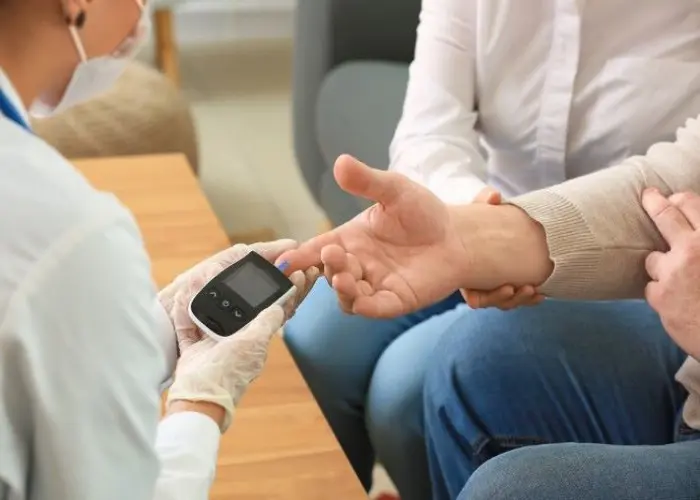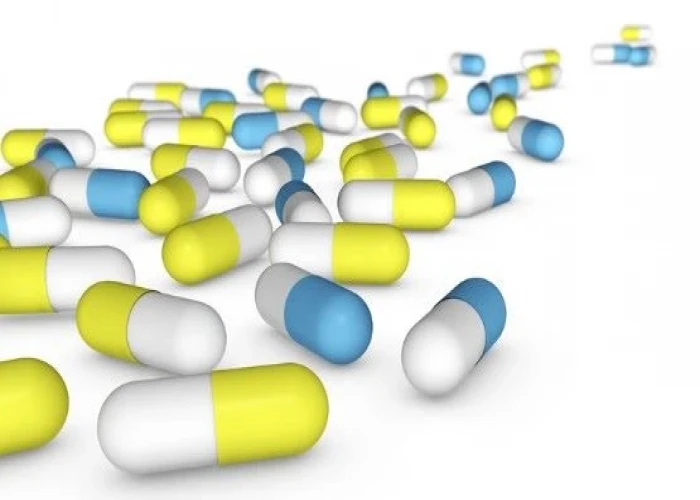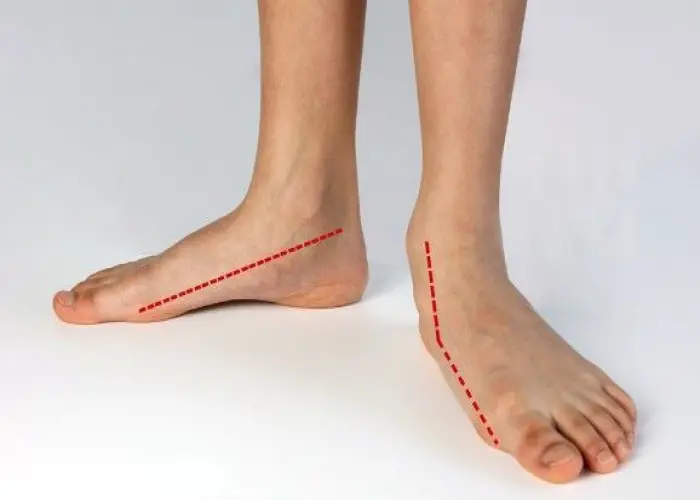 Welcome
Welcome
“May all be happy, may all be healed, may all be at peace and may no one ever suffer."
Hip fracture

A hip fracture is a break in the upper part of the femur (thigh bone) that connects to the hip joint. Hip fractures are most common in elderly individuals, particularly women, and can be caused by a variety of factors including osteoporosis (loss of bone density), falls, and trauma.
Symptoms of a hip fracture may include severe hip or groin pain, inability to put weight on the affected leg, swelling, and bruising. A hip fracture is a serious injury that requires prompt medical attention.
Treatment for a hip fracture usually involves surgery, in which the broken bones are realigned and fixed with screws, plates, or other hardware. After surgery, the patient may need to undergo physical therapy to regain strength, flexibility, and mobility in the affected hip.
Complications from a hip fracture can be serious, particularly in older individuals. These may include pneumonia, blood clots, pressure sores, and muscle weakness. Rehabilitation after surgery is important to help prevent complications and promote recovery.
Prevention of hip fractures involves maintaining bone health through a healthy diet and regular exercise, as well as taking measures to prevent falls, such as using assistive devices like canes or walkers, improving home safety by removing hazards, and wearing proper footwear.
Research Papers
Disease Signs and Symptoms
- Hip joint disease
- Groin pain or hip pain
Disease Causes
Hip fracture
A severe impact — in a car crash, for example — can cause hip fractures in people of all ages. In older adults, a hip fracture is most often a result of a fall from a standing height. In people with very weak bones, a hip fracture can occur simply by standing on the leg and twisting.
Disease Prevents
Hip fracture
Healthy lifestyle choices in early adulthood build a higher peak bone mass and reduce your risk of osteoporosis in later years. The same measures adopted at any age might lower your risk of falls and improve your overall health.
To avoid falls and to maintain healthy bone:
- Get enough calcium and vitamin D. As a general rule, men and women age 50 and older should consume 1,200 milligrams of calcium a day, and 600 international units of vitamin D a day.
- Exercise to strengthen bones and improve balance. Weight-bearing exercises, such as walking, help you maintain peak bone density. Exercise also increases your overall strength, making you less likely to fall. Balance training also is important to reduce your risk of falls, since balance tends to deteriorate with age.
- Avoid smoking or excessive drinking. Tobacco and alcohol use can reduce bone density. Drinking too much alcohol can also impair your balance and make you more likely to fall.
- Assess your home for hazards. Remove throw rugs, keep electrical cords against the wall, and clear excess furniture and anything else that could trip you. Make sure every room and passageway is well lit.
- Check your eyes. Have an eye exam every other year, or more often if you have diabetes or an eye disease.
- Watch your medications. Feeling weak and dizzy, which are possible side effects of many medications, can increase your risk of falling. Talk to your doctor about side effects caused by your medications.
- Stand up slowly. Getting up too quickly can cause your blood pressure to drop and make you feel wobbly.
- Use a cane, walking stick or walker. If you don't feel steady when you walk, ask your doctor or occupational therapist whether these aids might help.
Disease Treatments
Treatment for hip fracture usually involves a combination of surgery, rehabilitation and medication.
Surgery
The type of surgery you have generally depends on the where and how severe the fracture is, whether the broken bones aren't properly aligned (displaced), and your age and underlying health conditions. The options include:
- Internal repair using screws. Metal screws are inserted into the bone to hold it together while the fracture heals. Sometimes screws are attached to a metal plate that runs down the femur.
- Total hip replacement. Your upper femur and the socket in your pelvic bone are replaced with artificial parts (prostheses). Increasingly, studies show total hip replacement to be more cost-effective and associated with better long-term outcomes in otherwise healthy adults who live independently.
- Partial hip replacement. If the ends of the broken bone are displaced or damaged, your surgeon might remove the head and neck of the femur and install a metal replacement. Partial hip replacement might be recommended for adults who have other health conditions or cognitive impairment or who no longer live independently.
Your doctor might recommend partial or total hip replacement if the blood supply to the ball part of your hip joint was damaged during the fracture. That type of injury, which occurs most often in older people with femoral neck fractures, means the bone is less likely to heal properly.
Rehabilitation
Your care team will likely get you out of bed and moving on the first day after surgery. Physical therapy will initially focus on range-of-motion and strengthening exercises. Depending on the type of surgery you had and whether you have help at home, you might need to go from the hospital to an extended care facility.
In extended care and at home, you might work with an occupational therapist to learn techniques for independence in daily life, such as using the toilet, bathing, dressing and cooking. Your occupational therapist will determine if a walker or wheelchair might help you regain mobility and independence.
Disease Diagnoses
Disease Allopathic Generics
Disease Ayurvedic Generics
Disease Homeopathic Generics
Disease yoga
Hip fracture and Learn More about Diseases

Lactose intolerance

Diabetes insipidus

Medication overuse headaches

Flatfeet

High blood pressure (hypertension)

Functional neurologic disorders/conversion disorder

Nickel allergy

Prader-Willi syndrome
hip fracture, হিপ ফ্র্যাকচার, উরুর হাড় ভাঙ্গা
To be happy, beautiful, healthy, wealthy, hale and long-lived stay with DM3S.
